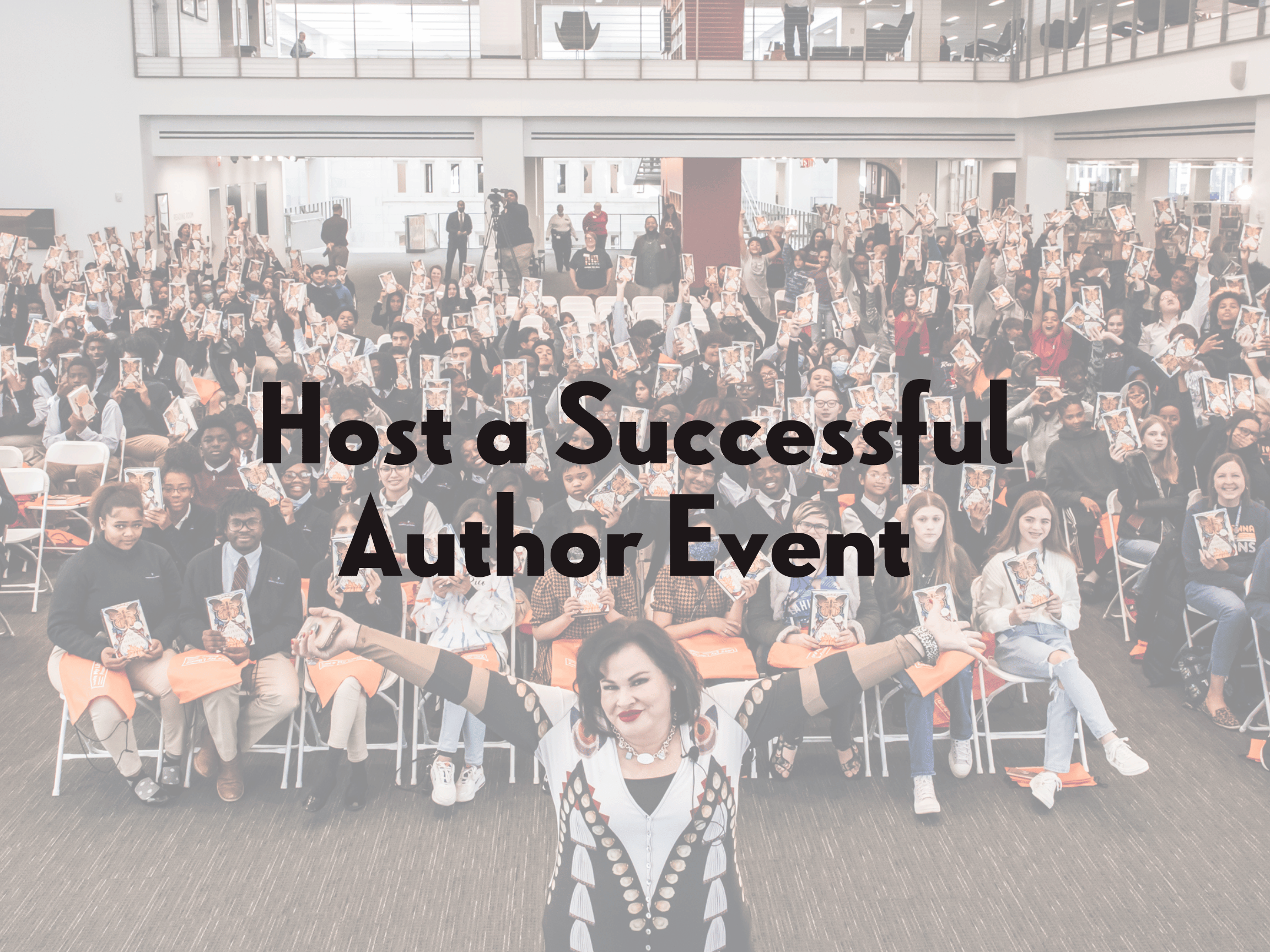Originally published in The New York Times
Feb. 18, 2024
“Write down a phrase you find abhorrent — something you yourself would never say.”
My students looked startled, but they cooperated. They knew I wouldn’t collect this exercise; what they wrote would be private unless they chose to share it. All that was required of them was participation.
In silence they jotted down a few words. So far, so good. We hadn’t yet reached the hard request: Spend 10 minutes writing a monologue in the first person that’s spoken by a fictitious character who makes the upsetting statement. This portion typically elicits nervous glances. When that happens, I remind students that their statement doesn’t represent them and that speaking as if they’re someone else is a basic skill of fiction writers. The troubling statement, I explain, must appear in the monologue, and it shouldn’t be minimized, nor should students feel the need to forgive or account for it. What’s required is simply that somewhere in the monologue there be an instant — even a fleeting phrase — in which we can feel empathy for the speaker. Perhaps she’s sick with worry over an ill grandchild. Perhaps he’s haunted by a love he let slip away. Perhaps she’s sleepless over how to keep her business afloat and her employees paid. Done right, the exercise delivers a one-two punch: repugnance for a behavior or worldview coupled with recognition of shared humanity.
For more than two decades, I’ve taught versions of this fiction-writing exercise. I’ve used it in universities, middle schools and private workshops, with 7-year-olds and 70-year-olds. But in recent years openness to this exercise and to the imaginative leap it’s designed to teach has shrunk to a pinprick. As our country’s public conversation has gotten angrier, I’ve noticed that students’ approach to the exercise has become more brittle, regardless of whether students lean right or left.
Read the full article here.




